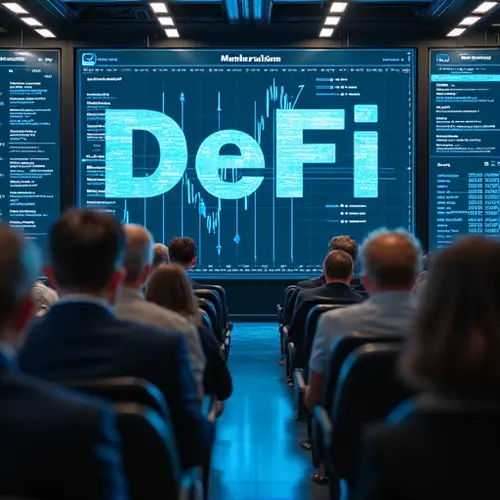
The Rise of Bankless Economies
Decentralized finance (DeFi) is fundamentally transforming how we interact with money. By leveraging blockchain technology, DeFi platforms enable lending, borrowing, and trading without traditional banks as intermediaries. According to the Financial Stability Board, DeFi has grown from a niche concept to a $40+ billion ecosystem since 2020, with platforms like Sky (formerly MakerDAO) now managing $9 billion in stablecoins.
How DeFi Actually Works
DeFi operates through "smart contracts" - self-executing code on blockchains like Ethereum. These automate financial services:
- Lending protocols like Compound pay interest directly to lenders
- Decentralized exchanges (DEXs) enable peer-to-peer crypto trading
- Yield farming lets users earn rewards by providing liquidity
Real-World Impact
In developing economies like Nigeria and Venezuela, DeFi provides:
- Inflation-resistant savings via stablecoins
- Access to global lending markets
- Remittances at 80% lower fees than Western Union
The Regulatory Tightrope
2025 has seen intensified regulatory scrutiny. The FSB warns that DeFi inherits traditional finance risks - liquidity crunches, leverage, and operational vulnerabilities - while adding new concerns:
- Code exploits causing $3.8B in 2024 hacks
- "False decentralization" where founders retain control
- Tax enforcement challenges
What Comes Next?
Despite challenges, DeFi continues evolving:
- Real-world asset tokenization (real estate, invoices)
- Hybrid models where TradFi institutions participate
- Zero-knowledge proofs enhancing privacy

 Nederlands
Nederlands English
English Français
Français Deutsch
Deutsch Español
Español Português
Português







